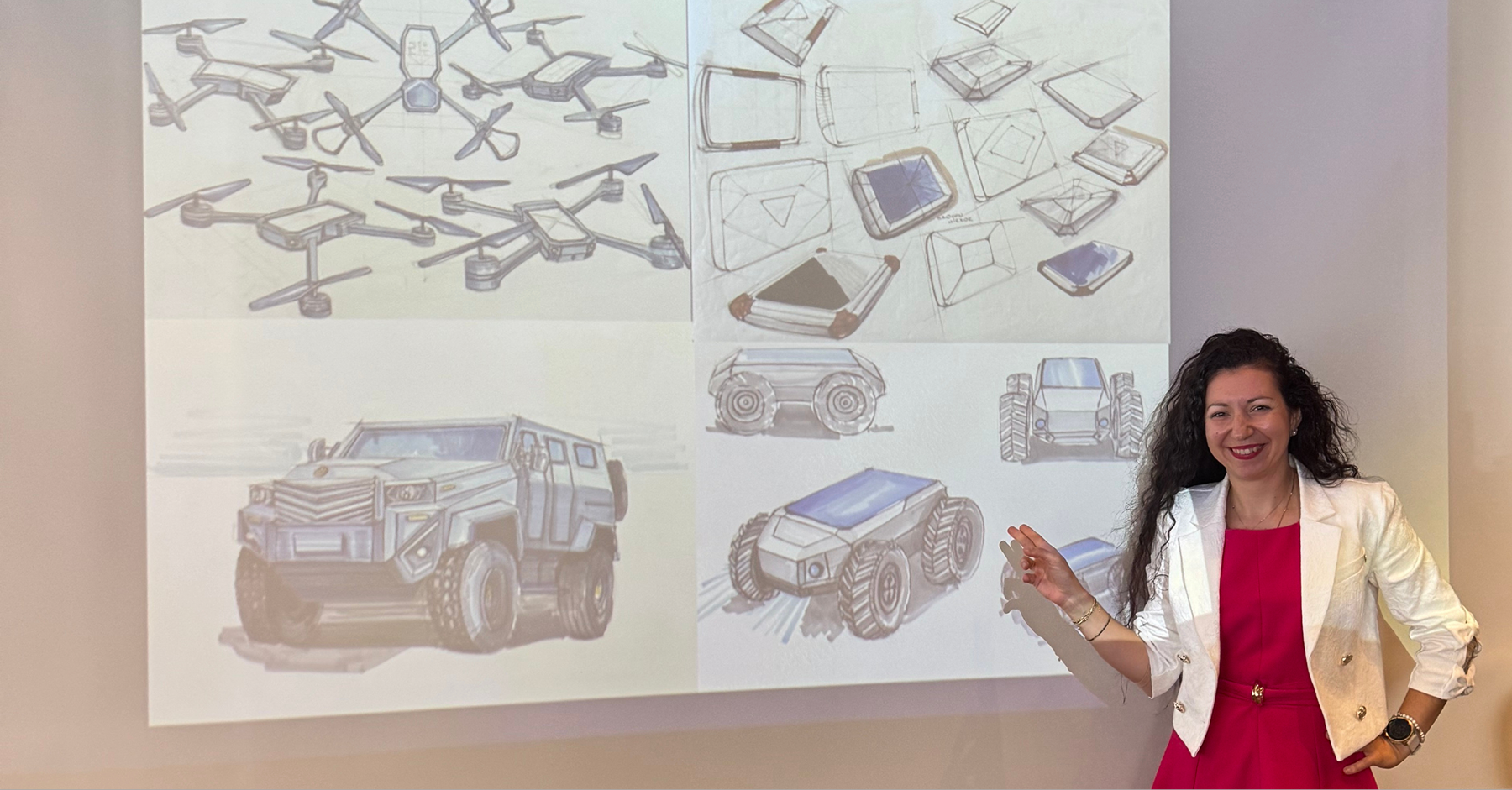Futuretech
Real Estate
MedTech
Security & Insurance
The Playbook of Accessible Design for Business Owners


The Minimum Viable Product, or MVP, has become gospel in the digital product world. Build something small. Ship it fast. Learn and iterate.
It’s a powerful idea. But somewhere along the way, the MVP stopped being a launchpad - and started being mistaken for the final destination.
Let’s clear this up once and for all: your MVP is not your product. And if you treat it like it is, you’re stunting growth before it’s even started.
The original purpose of the MVP-coined by Eric Ries in The Lean Startup - was simple: test a hypothesis with the least amount of effort. You want to validate demand, prove feasibility, or explore a new market without building the whole castle first.
That means your MVP is intentionally incomplete. It’s often rough around the edges, missing polish, features, or even proper UX flows. And that’s okay - as long as you move beyond it.
Problems begin when teams confuse validation with completion. An MVP that gets early traction becomes “good enough,” and rather than evolving the product, they start patching it. Growth becomes a game of duct tape and temporary fixes.
But what got you those first 100 users won’t get you 10,000 more.
An MVP might show that people want your idea. But it doesn't prove they’ll stick around.
Consider Clubhouse. The audio app’s MVP exploded during the pandemic thanks to exclusivity and buzz. But the product stayed in MVP territory for too long. Onboarding friction, limited features, and unclear value beyond novelty caused usage to plummet as competitors improved the format.
Or take Jibo, the social robot. Its MVP drew attention and press, but product-market fit wasn’t solid, and the product didn’t evolve quickly enough to deliver on expectations. The company shut down just a few years later.
Both cases reflect a common issue: when MVPs aren't rapidly followed by thoughtful iteration, momentum dies. Users today expect more than functionality - they expect clarity, trust, and progress.
So how do you know when you’ve outgrown your MVP?
You’re answering support questions that your UI should solve. If users keep asking how to do basic things, it’s not a user problem. It’s a product design problem.
You’re prioritizing bug fixes over user experience improvements. Maintaining a fragile MVP becomes a treadmill. Every new fix adds debt.
You’re attracting users, but not retaining them. Early adopters are generous. The broader market isn’t. A leaky bucket signals it’s time to move past MVP and into product strategy.
Your internal tools or admin dashboards are still makeshift. If operations run on Notion docs, email threads, or manually updated spreadsheets, you’re not ready to scale.
The goal isn’t to perfect your product. It’s to make it loveable enough that users want to keep coming back - and tell others about it.
This is where user experience becomes the growth engine.
Look at how Figma moved from an MVP browser-based design tool into a category leader. Their early MVP barely held its own against incumbents. But they obsessively listened to designers, built powerful collaboration features, and invested in polish and performance.
Not perfection. But delight.
Or take Notion. Its MVP was a markdown editor. Nothing special. But by layering intuitive UX and a modular system that empowered users to build their own workflows, they built a product that felt personal to everyone using it.
The difference between MVP and product is design, feedback loops, and strategic focus.
Here’s how high-performing teams handle the post-MVP phase:
So if you’re still clinging to your MVP long after it did its job, it might be time to ask yourself: Are we validating, or are we just stalling?
Because the real work - and real growth - starts after MVP.
Need help turning your MVP into a product users love? Let’s talk.




Our friendly team would love to hear from you.
By submitting this form you agree with our Privacy Policy



